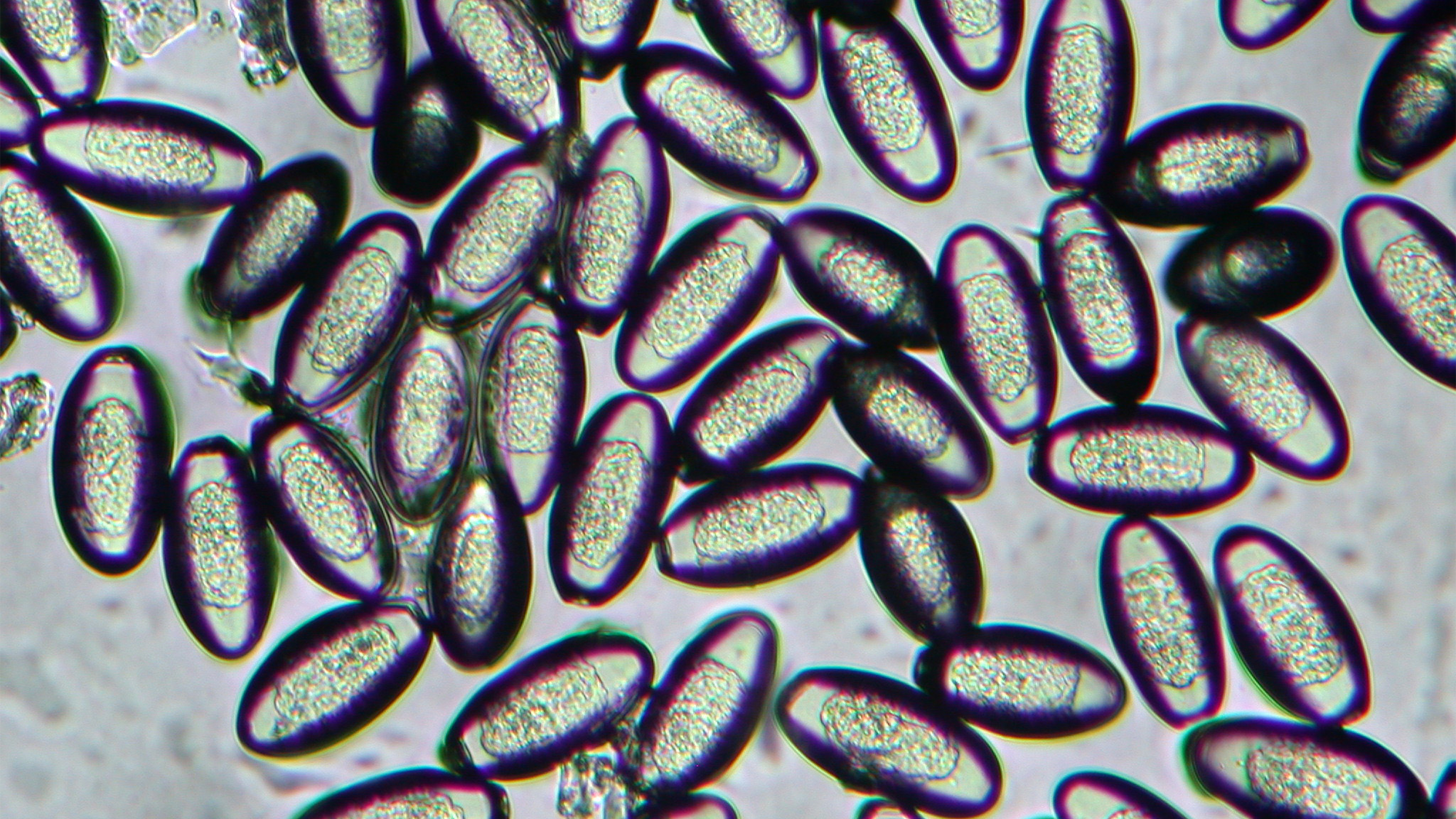Researchers have uncovered significant findings from ancient feces discovered in La Cueva de Los Muertos Chiquitos, or the “Cave of the Dead Children,” located in Durango, Mexico. The study, published in the journal PLOS One, reveals that these 1,100 to 1,300-year-old dried feces contain genetic material from various intestinal parasites, including pinworm and Shigella. This breakthrough provides insights into the health challenges faced by the Loma San Gabriel people, who inhabited the region between 1,200 and 1,400 years ago.
The analysis of these fecal samples is pivotal for understanding the diet and health of ancient populations. Joe Brown, an environmental engineer at the University of North Carolina at Chapel Hill, noted the challenge of measuring pathogens in ancient fecal samples due to DNA degradation over time. “Measuring pathogens in ancient fecal samples is an absolutely fascinating challenge,” Brown stated. He emphasized the importance of employing new techniques that have only recently been applied to ancient samples.
The study focused on ten samples retrieved from the cave, which has been a site of excavation since the mid-20th century. The low humidity and dry climate of the region helped preserve the fecal material, providing a unique opportunity for scientific analysis. Co-author Drew Capone, an environmental health microbiologist at Indiana University, explained that the cave derives its name from the discovery of numerous children’s skeletons during excavations. More than 500 ancient desiccated fecal samples and over 2,000 skeletal remains were recovered, painting a complex picture of life in that era.
Historically, most analyses of ancient fecal matter have relied on DNA sequencing, which can miss less concentrated microbes. In contrast, the researchers utilized validated quantitative polymerase chain reaction (qPCR) assays to specifically target genes associated with enteric pathogens. This approach allowed them to identify genetic signatures of a range of gut parasites, including the protozoan Blastocystis and various strains of E. coli. Remarkably, the presence of pinworm was noted in a majority of the samples, suggesting its prevalence among the ancient population.
Capone expressed surprise at the resilience of the DNA from these pathogens, given the significant time span involved. “I was incredibly surprised that even after 1,000+ years, DNA from these pathogens had persisted at detectable levels,” he remarked. This finding indicates that intestinal infections and poor sanitation may have been common among the Loma San Gabriel people, highlighting the importance of sanitation practices in ancient societies.
The implications of this research extend beyond the immediate findings. It serves as proof-of-concept for utilizing modern molecular methods to explore the health of ancient populations. While the study was limited to just ten samples, it opens the door for more extensive investigations into the pathogens that may have affected our ancestors. Future studies with larger sample sizes could provide a clearer picture of the health challenges faced by these communities.
“There is a lot of potential in the application of modern molecular methods to inform studies of the past,” Brown added. The researchers are eager to continue their collaborative efforts to deepen our understanding of ancient health and disease through the analysis of preserved biological materials.
This research not only sheds light on the lives of the ancient Loma San Gabriel people but also exemplifies how modern techniques can enhance our understanding of historical health issues. As scientists continue to explore these ancient samples, they may uncover even more insights into the health, diet, and living conditions of past civilizations.
